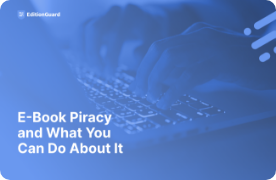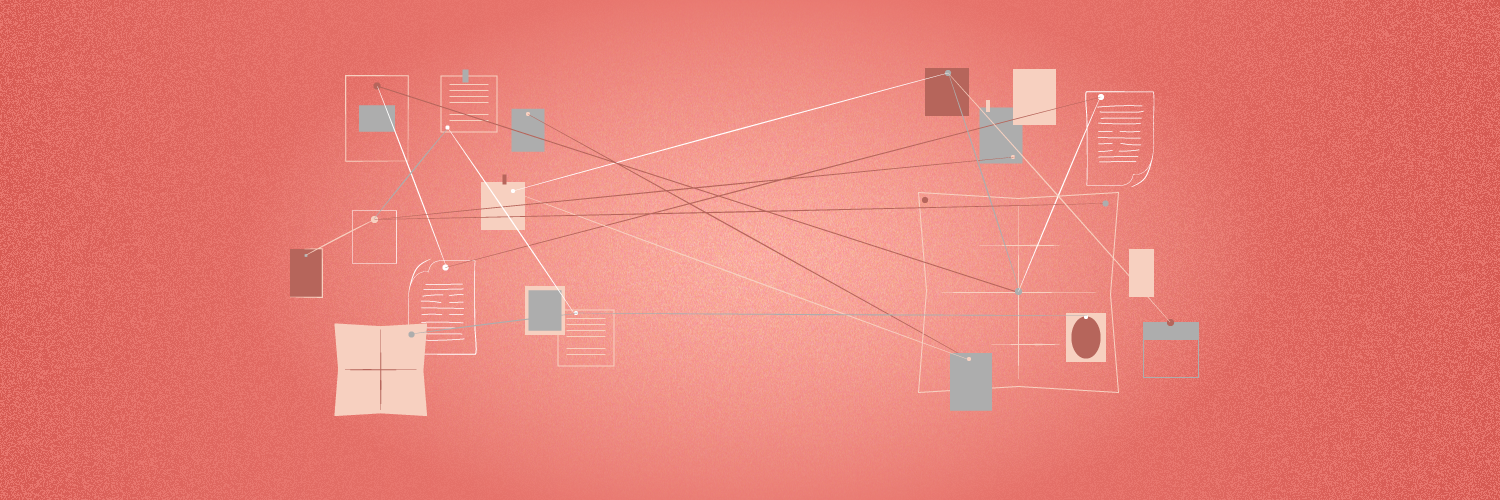 Although digital rights management (DRM) protection is standard in the commercial e-books that line digital shelves, academic journals often contain no such protections. Even when academic journals require credentials, such as being a member of a university library, or they institute a paywall to protect their copyrighted materials, that doesn’t prevent redistribution once a user is given access.
Here, we explore the adverse effects digital piracy can have on academic publishing and the steps you can take to prevent it.
Although digital rights management (DRM) protection is standard in the commercial e-books that line digital shelves, academic journals often contain no such protections. Even when academic journals require credentials, such as being a member of a university library, or they institute a paywall to protect their copyrighted materials, that doesn’t prevent redistribution once a user is given access.
Here, we explore the adverse effects digital piracy can have on academic publishing and the steps you can take to prevent it.

(Source: stock.adobe.com)
Why Do Academic Journals Need Piracy Protection?
Most academic papers are the result of research by scientists and typically funded by business, government, and institutions of higher learning, Traditionally, academic papers have been required to publish in established, often peer-reviewed, journals to be considered valid and to be enshrined as part of the academic record. Publishers of academic journals have traditionally relied on paid subscriptions and, in this digital age, gated paywalls, to fund publication, marketing, and in many cases to turn a profit. The internet has made academic research more accessible than ever before, but this ease of digital access comes with a price: It’s also never been easier to copy and distribute copyrighted materials illegaly. So what are the negative consequences of academic journals and research papers becoming available for free through piracy?Loss of Income for Publishers
Online piracy threatens the ability of publishers to cover the costs of preparing and marketing journals for publication. If the information is freely available through unauthorized reproduction, there is much less incentive for people to pay for it or for publishers to produce it. Incorporating anti-piracy measures like DRM into academic journals will help protect copyrighted materials and restrict access to paying consumers only. Just how widespread is the piracy of academic journals? One online repository for pirated content gives users access to 85 percent of papers from subscription-based journals. This same repository also contains nearly two-thirds of all academic research articles. Publishers receive no income from these illegal downloads. Thus, they may be unable or unwilling to sustain publication and marketing activities due to this loss of revenue.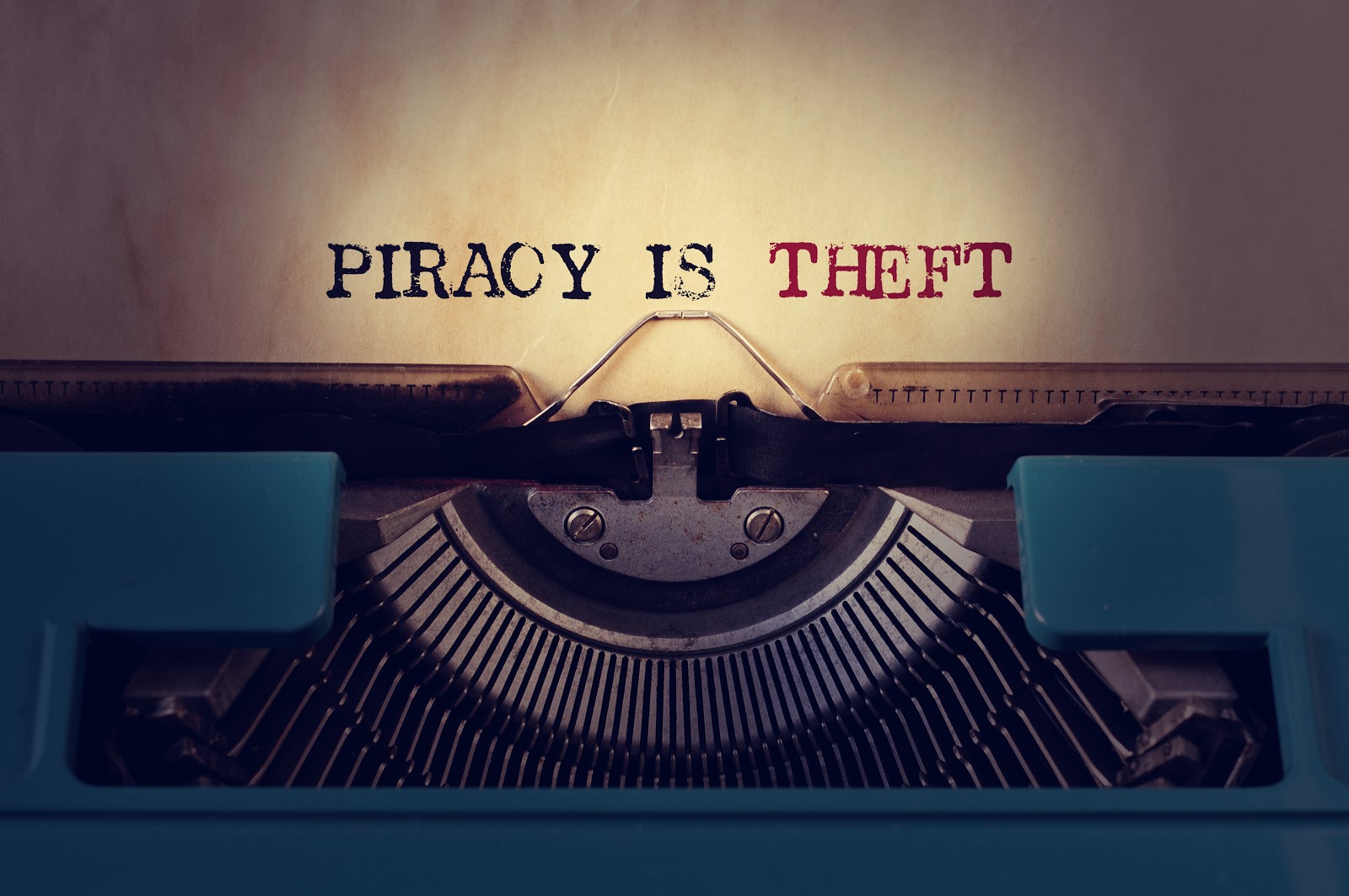
(Source: stock.adobe.com)
The End of Scholarly Publishing?
Although new publishing models such as Open Access—which seeks to make scholarly research more widely available to consumers who might otherwise be unable to afford it—are becoming increasingly popular, piracy does not serve that same altruistic purpose. One researcher suggests that platforms hosting pirated content pose an existential to the subscription-based model of scholarly publishing. Without academic journals to publish their content, researchers would have to stop pursuing publication in the traditional sense. That may lead to some research projects ceasing due to reduced interest in the results. Furthermore, websites that offer pirated academic content for free are not permanent archives. Because piracy is a criminal act, governments could effectively wipe out these repositories of pirated content once they are discovered. The maintenance of a comprehensive archive of academic research is one of the essential functions of traditional academic publishing. Another essential function of scholarly publishing is editorial. Without peer-reviewed academic journals, who is ensuring that research papers are accurate? This task is hardly one that can be entrusted to pirates. While it’s not difficult to see the appeal of greater access to academic research—particularly in developing countries where high subscription costs may put journals out of reach—accessing pirated materials is not an information-seeking solution with longevity. Laws protecting intellectual property allow for publishers to pursue legal action against not only the websites which share illegal content but also the users who download it. What Are the Options for Publishers? Piracy of works published for commercial use often results in documents in the form of scanned printed materials or unlicensed digital copies. Piracy of academic journals typically focuses on preserving the integrity of the original work. Researchers need clear, accurate and accessible materials to study, so blurry copies or choppy formatting won’t do. With that in mind, these DRM options can be particularly effective in defending academic journals against would-be pirates.Password Protection
Publishers can easily password protect PDF documents using programs like Adobe Acrobat or Preview (for MacOS). Both PDF and EPUB formats can utilize password protection to limit access to academic publications. In theory, only those with the password can open the files. Password protection is simple to implement and free, making it a tempting solution for self-publishers or authors who wish to share content securely online with a select audience. Unfortunately, many readily available services and tools can remove password protection, making it a less than formidable solution against illegal downloading. It does offer limited protection, however. Password protected content is harder to access in comparison to academic papers with no protections whatsoever.Watermarking or “Social DRM”
Another way to discourage unauthorized file sharing is by utilizing social DRM. EditionGuard’s EditionMark is a form of social DRM that uses a consumer’s personal information to digitally watermark their copy of an e-book or PDF. The term social DRM stems from the fact that many consumers will hesitate to illicitly share copies of documents or e-books if the media contains their personal information. Discouraging file sharing by making each download attributable to the buyer is a visible form of anti-piracy protection that is palatable to most consumers since a personalized copy holds no offense for purchasers who don’t wish to redistribute it illegally.Industry-Standard DRM Protection
The most versatile and secure method of protecting against digital piracy is industry-standard DRM protection. Industry-standard DRM uses encryption to dictate what readers can and cannot do with downloaded documents. Encryption is the most effective, and typically the most expensive, DRM solution partially because would-be pirates adapt so quickly. Constant vigilance and substantial resources are required to stay ahead of hackers. Encryption can prevent consumers from copying, printing, and sharing content. A potential drawback is that it may limit the type of application or device on which consumers can read the document. The publisher of the work sets the limitations imposed by encryption.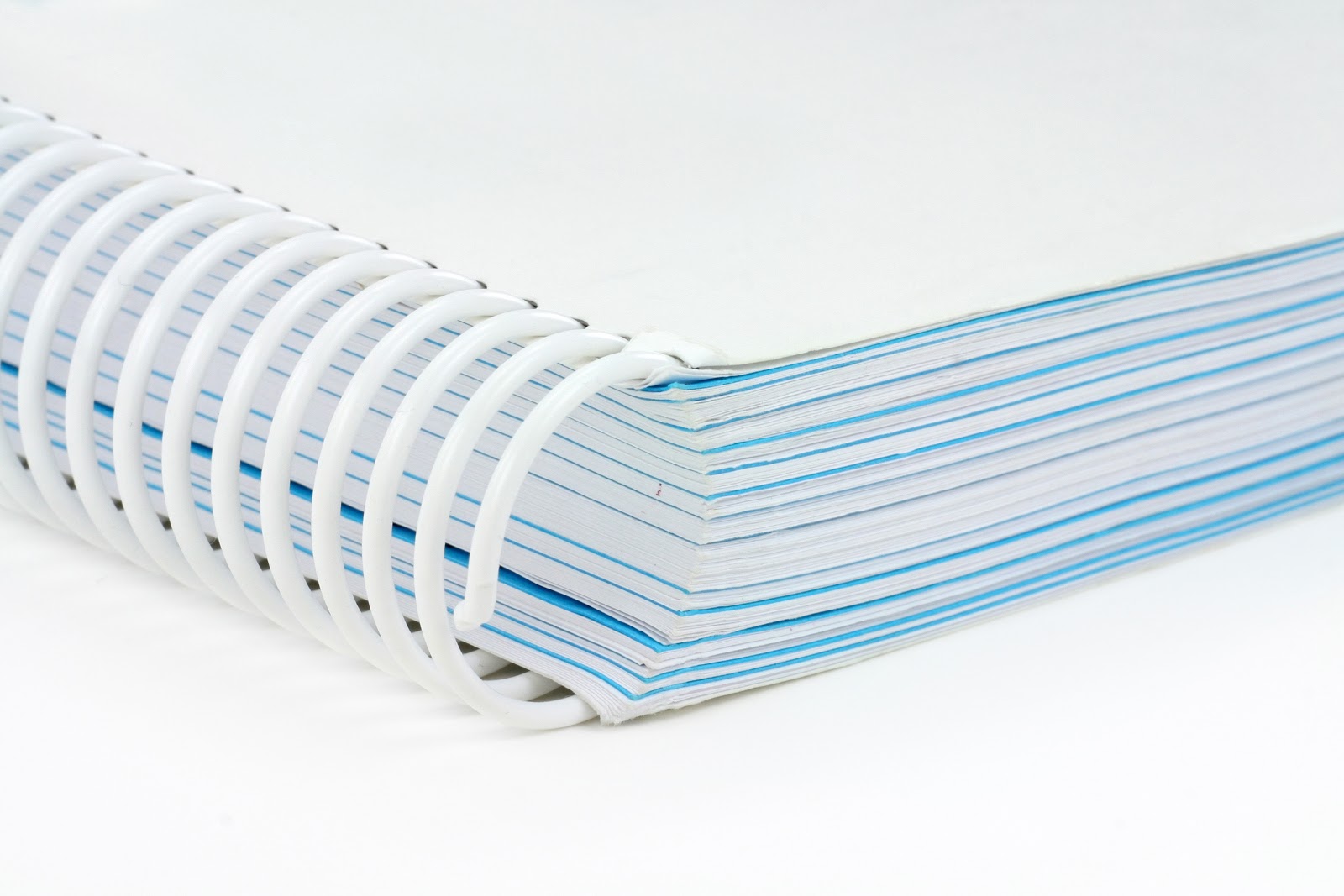
(Source: stock.adobe.com)
The Best DRM Option for Small-Scale Journals
For small-scale academic journals, paying a flat monthly fee for DRM is more manageable than the higher and variable costs associated with other options. Given that the target audience for small academic journals is likely to be small and specialized, social DRM may be the most effective DRM solution as well as putting the fewest restrictions on how content can be accessed and used. With social DRM, each time a reader downloads an academic paper, they are required to enter personal information that is imprinted either visibly or invisibly in the book. This discourages readers from sharing content without permission, as copies will be directly attributable to them. For those without ill intentions, watermarking lends a distinctive touch that also makes ownership of the content clear. At EditionGuard, we offer EditionMark social DRM protection for a low monthly fee making it accessible to authors, self-publishers, and small journals.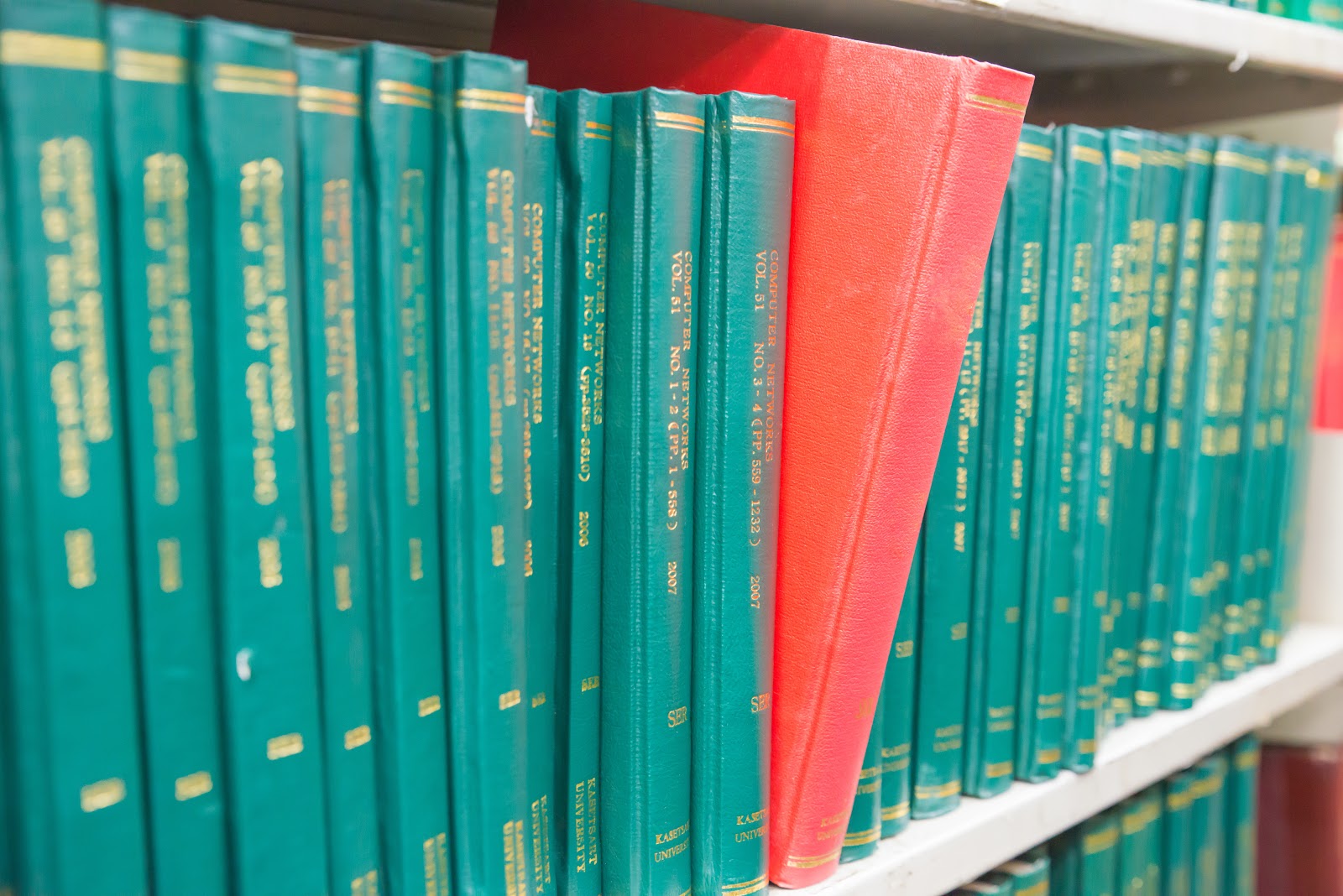
(Source: stock.adobe.com)


